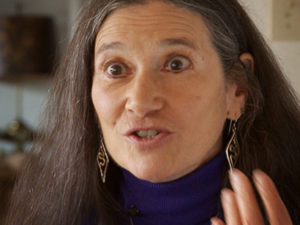We were honored to meet and interview Roger Walsh, a professor of Psychiatry and Anthropology at the University of California at Irvine. Dr. Walsh has not only studied many of the great spiritual traditions of the world, but has spent years practicing many of their contemplative techniques and spiritual practices. His latest book The World of Shamanism focuses on humanities oldest spiritual tradition.
Dr. Walsh defines three key features of shamans found in various cultures.
- They can voluntarily enter altered states of consciousness.
- They experience themselves journeying to other realms or worlds. (Somewhat akin to an out of body experience.)
- They use the journey to acquire knowledge or power to help people in their community.
Phil has watched Shamans from many different cultures as they have entered trances and journeyed to various inner worlds. He saw that the method of induction varies from culture to culture. In Mongolia and Siberia it was drumming, in the Amazon it was psychoactive plants and in Pakistan the shamans inhaled the smoke from a fire of juniper branches that were soaked with a sacrificial animals blood. Regardless of how the Shamans reached their altered state of consciousness the insights gained from their journeys were always valued greatly in their communities.
Western culture has a very external orientation compared to the indigenous and tribal cultures Phil has spent time in. Cultures that embrace Shamanism place value on an exploration of our inner worlds and have beliefs that reflect on our interconnectedness. We feel our culture could benefit greatly from some of these traditional values and beliefs.
As Roger Walsh put it:
“At the present time, our culture is undergoing a remarkable but subtle transformation due to the influx of the world’s contemplative practices together with their spiritualities, psychologies, and philosophies. These are expanding our minds and our perspectives and producing a profound but quiet and as yet little recognized revolution.”




